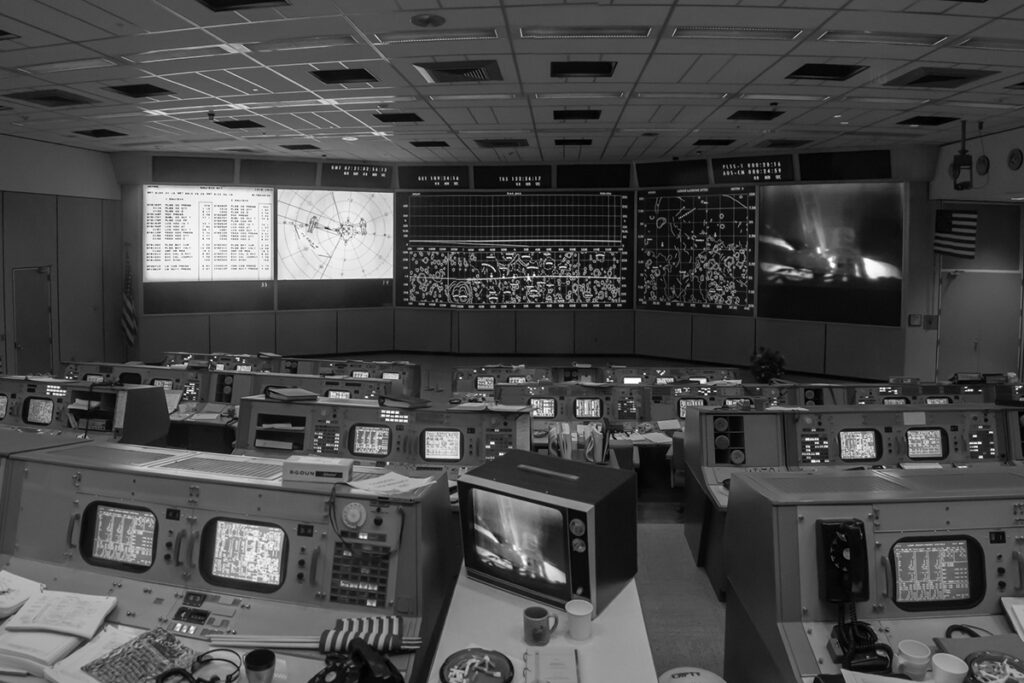The Cold War era brought the world to the brink of nuclear disaster, shaping policies that sought a precarious balance between safety and rapid response. Surprisingly, historical accounts suggest that during this tense period, the United States’ nuclear codes were far less secure than one might expect. Reports claim the codes were universally set to “00000000,” prioritizing swift access over stringent security measures.
In 1962, President John F. Kennedy introduced measures to strengthen nuclear safeguards, including a secure code system to prevent unauthorized launches. Yet, according to Bruce Blair, a former missile launch officer, the Strategic Air Command (SAC) reportedly circumvented these efforts. To ensure immediate action during emergencies, SAC allegedly programmed all nuclear launch codes to zeros—effectively nullifying the intended security protocols.
Though no unauthorized nuclear launches occurred, the simplicity of these codes highlighted a critical vulnerability in the system. It wasn’t until 1977 that protocols were revised, requiring launch crews to obtain activation codes from higher authorities, significantly improving the safety of the U.S. nuclear arsenal.
One of the most unconventional suggestions for nuclear security came from Harvard professor Roger Fisher. He proposed implanting nuclear codes in a capsule carried by a volunteer. The president would need to extract the codes physically, ensuring they faced the gravity of their decision before launching an attack. Although this provocative idea was ultimately rejected by the Pentagon—deemed impractical for emergencies—it underscored the moral and ethical weight of wielding such immense power.
The SAC’s decision to prioritize speed over security reflected the intense pressure of Cold War geopolitics. The looming Soviet threat drove policies that aimed to minimize response times, even at the expense of robust safeguards. This trade-off highlighted the inherent tension between maintaining a rapid response capability and preventing catastrophic misuse.
The U.S. Air Force has denied Blair’s allegations, asserting that its fail-safe systems were sufficient. However, Blair backed his claims with declassified technical manuals and accused the Air Force of downplaying the risks. Regardless of these debates, the alleged simplicity of the launch codes serves as a sobering reminder of the dangers associated with Cold War nuclear policies.
Thankfully, the Cold War concluded without an accidental or unauthorized nuclear launch. However, this chapter in history underscores the critical need for a balance between security and operational readiness. Modern systems now incorporate multiple layers of protection, significantly reducing the risk of mishaps.
As nuclear technology advances, the lessons of the past remain more relevant than ever. The Cold War’s legacy serves as a stark warning that the catastrophic potential of nuclear weapons demands the highest standards of vigilance, ensuring that both security and humanity are never compromised.


